Note on the Ebook Edition For an optimal reading experience, please view large
tables and figures in landscape mode. |
This ebook published in 2013 by Kogan Page Limited 120 Pentonville Road London N1 9JN UK www.koganpage.com Chris Tyreman, 2013 E-ISBN 978 0 7494 7022 7 Contents PART ONE
Numeracy PART TWO
Literacy PART THREE
Reasoning PART FOUR
Answers with explanations A ll candidates wishing to enter Initial Teacher Training (I T T) must pass the Professional Skills Tests in numeracy, literacy and reasoning. These tests are normally taken before the interview to identify the strongest candidates. Teacher training providers will be able to review your marks as part of the selection process, so a weak performance could find you screened out at an early stage. This book will enable you to pass the tests at the first attempt. Of course it cannot, without some effort, miraculously pass the tests for you, but if you work steadily through each chapter you can succeed.
To be successful you will need to demonstrate competency in a range of skills and knowledge that teachers are expected to have, regardless of the subject specialism. The new tests are more of a challenge than before and require greater cognitive ability. Numeracy section Candidates with a recent grade B or above in GCSE mathematics (higher tier) will be familiar with the topics and are best placed to pass first time with the least preparation. If you managed only a grade C or lower then you must prepare carefully. This book will help you to succeed whatever your level because it assumes that you have forgotten much of what you learnt at school or college, or that you never understood it in the first place. It builds on your existing knowledge using annotated examples and Warm-up exercises.
These are followed by Easy questions with expanded answers, then more demanding examples are included together with More difficult questions to prepare you fully for the most challenging test questions. You can dip into the book at any point to revise weak areas. However, each chapter assumes the knowledge of all the previous chapters, so there is value in starting at the beginning. A calculator is not to be used for any section of the test, so we have included a separate chapter entitled Quicker mental calculations to complement the basic arithmetic chapter. Some mathematical knowledge is presumed. To interpret numeracy questions you need to convert the language of the questions into math ematical operations.
You should be familiar with the different ways that these operat ions can be denoted in question form, for example: () multiply by, times, lots of, product of, twice, double, half, multiple, fraction () divide by, proportion, ratio, per/per cent, out of, each, factor (+) add, total, plus, sum, tally, more than () subtract, difference, take, less than Use the pen and paper provided to jot down these key steps in a calculation. You are far more likely to make numerical errors if you rely too heavily on your memory. For the purposes of the numeracy test, mental arithmetic is not about working everything out in your head; it is arithmetic without the help of a calculator. To interpret the graphs you must be able to work out the distance from one tick mark to the next along the axis, by dividing the scale by the number of tick mark intervals, as shown below:  Reading from the above scale you should be able to identify the following numbers without too much difficulty: 7, 14, 28, 55 and 70. If you are unable to locate these numbers on the scale you may have a numeracy problem that requires remedial help. Literacy section Teacher training applicants are assumed to have a basic degree of literacy, so this book sets out to encourage candidates to develop skills that they already have.
Reading from the above scale you should be able to identify the following numbers without too much difficulty: 7, 14, 28, 55 and 70. If you are unable to locate these numbers on the scale you may have a numeracy problem that requires remedial help. Literacy section Teacher training applicants are assumed to have a basic degree of literacy, so this book sets out to encourage candidates to develop skills that they already have.
In the spelling section, for example, the rules of spelling are reviewed and Warm-up exercises and Easy questions boost confidence in those words that candidates find difficult to spell. All the important punctuation marks are reviewed along with their correct and incorrect application. The grammar chapter of the book checks your ability to write grammatically correct sentences as well as to identify grammatical errors. A range of exercises and questions is used to identify weak areas in word selection and sentence construction. The new tests check your ability to write continuous prose. Your essay will be human-marked, so in addition to spelling, punctuation and grammar, your work will be assessed for its overall composition and effect.
The book explains how to plan and craft your essay to achieve the highest mark and includes exemplar essays. Reasoning section This new element of the selection tests is intended for pre-entry candidates and not for trainees who were expecting the QTS numeracy and literacy tests when they started their course. However, both the verbal and numerical reasoning component s of this section are recommended for all applicants whatever their training status. The numerical reasoning questions provide excellent practice in the mental arithmetic skills needed for performing calculations quickly without using a calculator. The verbal reasoning tests take the form of comprehension exercises that require you to analyse and interpret, and these skills are valuable for the tests as a whole. A range of non-verbal reasoning tests (diagram tests) are included in this book.
A strong performance in these tests is an indicator of intelligence (IQ) and problem-solving ability when faced with new concepts.
| Download your FREE online resources for selected maths topics from: www.koganpage.com/ittresources |
F eedback from trainee teachers suggests that some candidates need fuller explanations of the basic arithmetic processes that underpin the test questions. This book caters for those who find mathematics a difficult subject. It starts at a very low level and recognizes that if you get stuck you cannot just put up your hand to ask a question. Some students may be tempted to skip the first few pages, indeed the entire first chapter. However, confidence with numbers is built on a sound knowledge of traditional numerical processes.
Confident candidates can draw upon a wide range of mental strategies to solve numerical problems. A useful starting point is place value as applied to whole numbers, written in both figures and words. Large numbers (greater than nine) are built up with separate columns for hundreds, tens and units. Each column can have numbers ranging from nought to nine (0 to 9) , but the value of each number in the column has a different meaning. The table below lists some numbers in words with their corresponding figures and place values:
* TH = thousands; H = hundreds; T = tens; U = units The figure 6 (underlined) has a different place value depending on which column it appears in. It can mean 6, 60, 600 or 6000: In 206 the six means six UNITS (6 1 = 6).

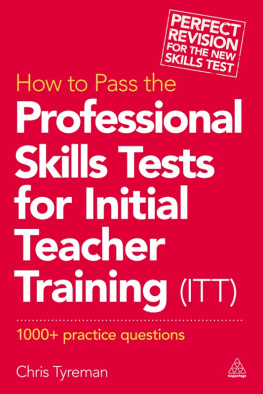
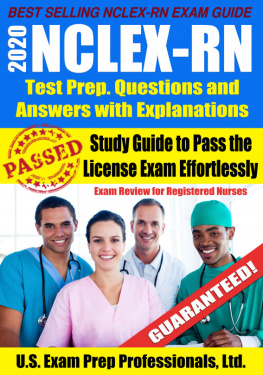
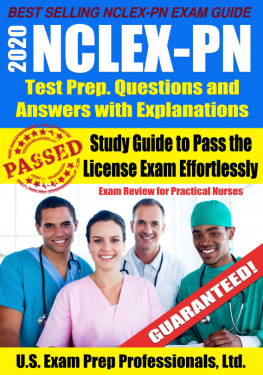
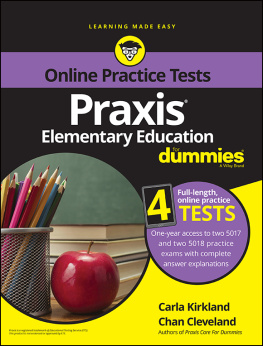

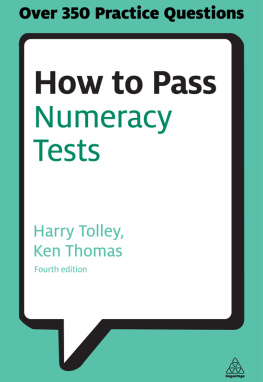
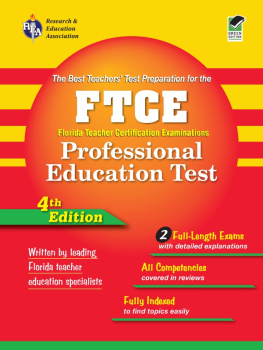


 Reading from the above scale you should be able to identify the following numbers without too much difficulty: 7, 14, 28, 55 and 70. If you are unable to locate these numbers on the scale you may have a numeracy problem that requires remedial help. Literacy section Teacher training applicants are assumed to have a basic degree of literacy, so this book sets out to encourage candidates to develop skills that they already have.
Reading from the above scale you should be able to identify the following numbers without too much difficulty: 7, 14, 28, 55 and 70. If you are unable to locate these numbers on the scale you may have a numeracy problem that requires remedial help. Literacy section Teacher training applicants are assumed to have a basic degree of literacy, so this book sets out to encourage candidates to develop skills that they already have.